HRI Dispatches from the Flower Garden Banks National Marine Sanctuary
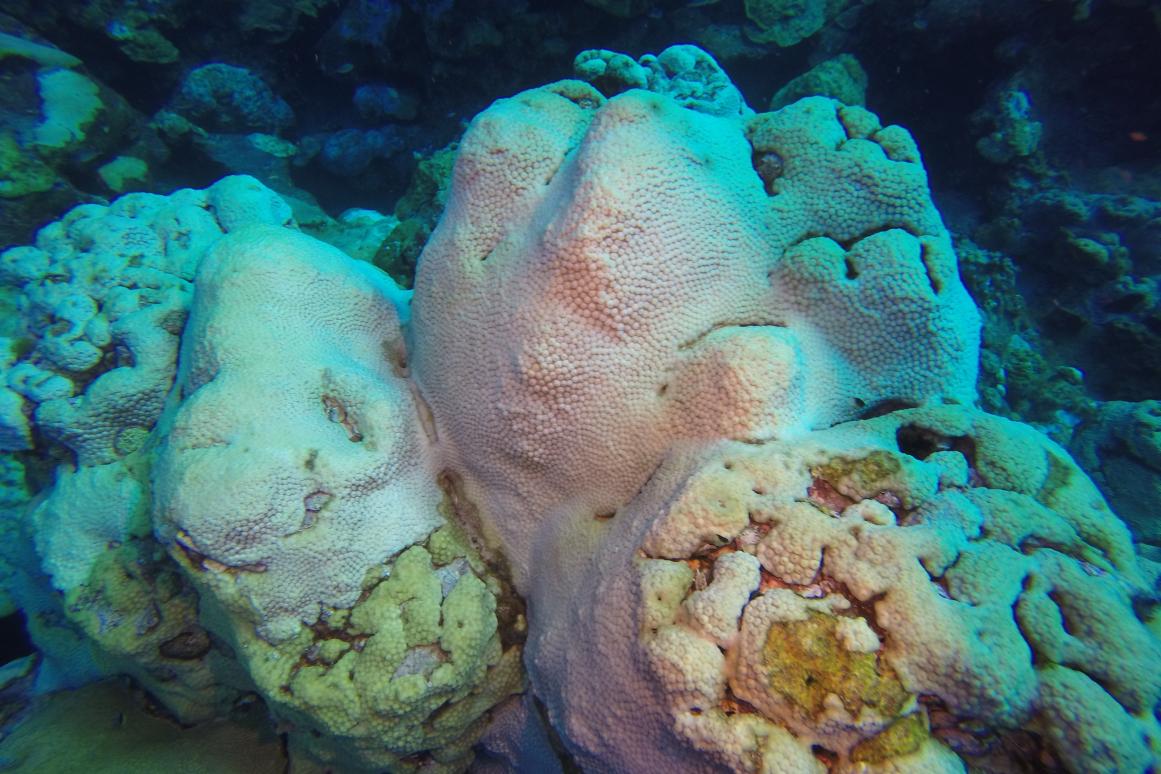
More than 20 HRI students, staff and researchers traveled to the Flower Garden Banks National Marine Sanctuary August 25-28 to dive the reef just off the coast Galveston, touted by scientists as one of the healthiest coral systems in the Western Hemisphere. This has been an annual excursion for HRI students and staff, and is often a unique chance for our marine scientists, both new and experienced, to take in the Flower Gardens’ coral spawn.
This year, however, the Flower Gardens were rocked by an unusual mortality event. Divers spotted an unprecedented bleaching and die-off of corals and other invertebrates on the East Bank of the Flower Gardens in late July. HRI Executive Director Dr. Larry McKinney and Dr. Nuno Simoes of UNAM-Sisal Yucatan, Mexico, returned Sept. 9-10 to observe damage to the reef. Through the Texas OneGulf Center of Excellence research consortium, underwater drones have been deployed to sample and study what may have triggered the mortality event. Read on to see photos and firsthand observations from Dr. McKinney’s September dive.
Assessing Recovery
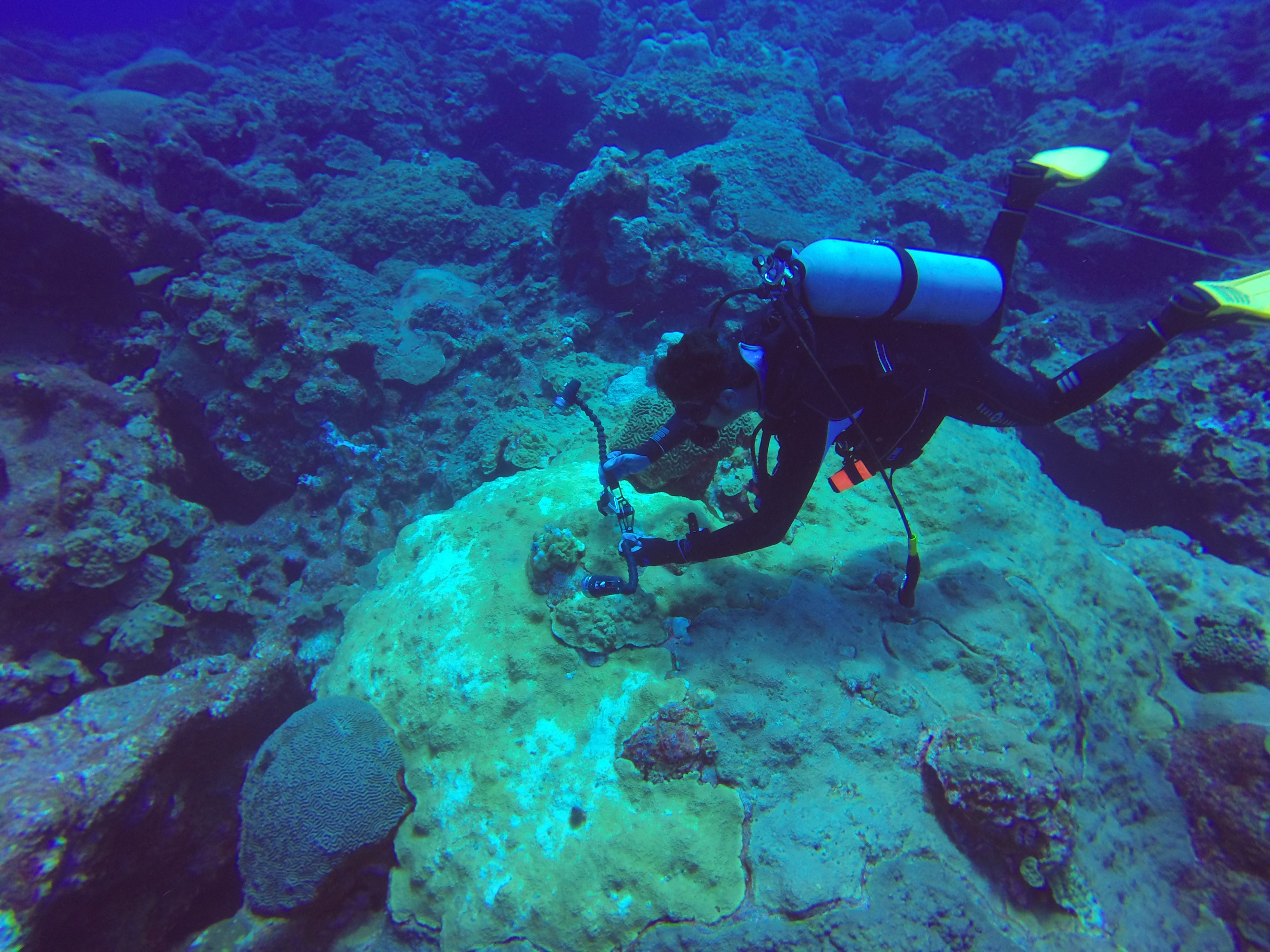
Dr. Nuno Simoes of UNAM-Sisal Yucatan, Mexico, traveled with HRI Executive Director Dr. Larry McKinney to the Flower Garden Banks National Marine Sanctuary to document early recovery from the recent mortality event and compare sites to Yucatan reefs.
Half Alive
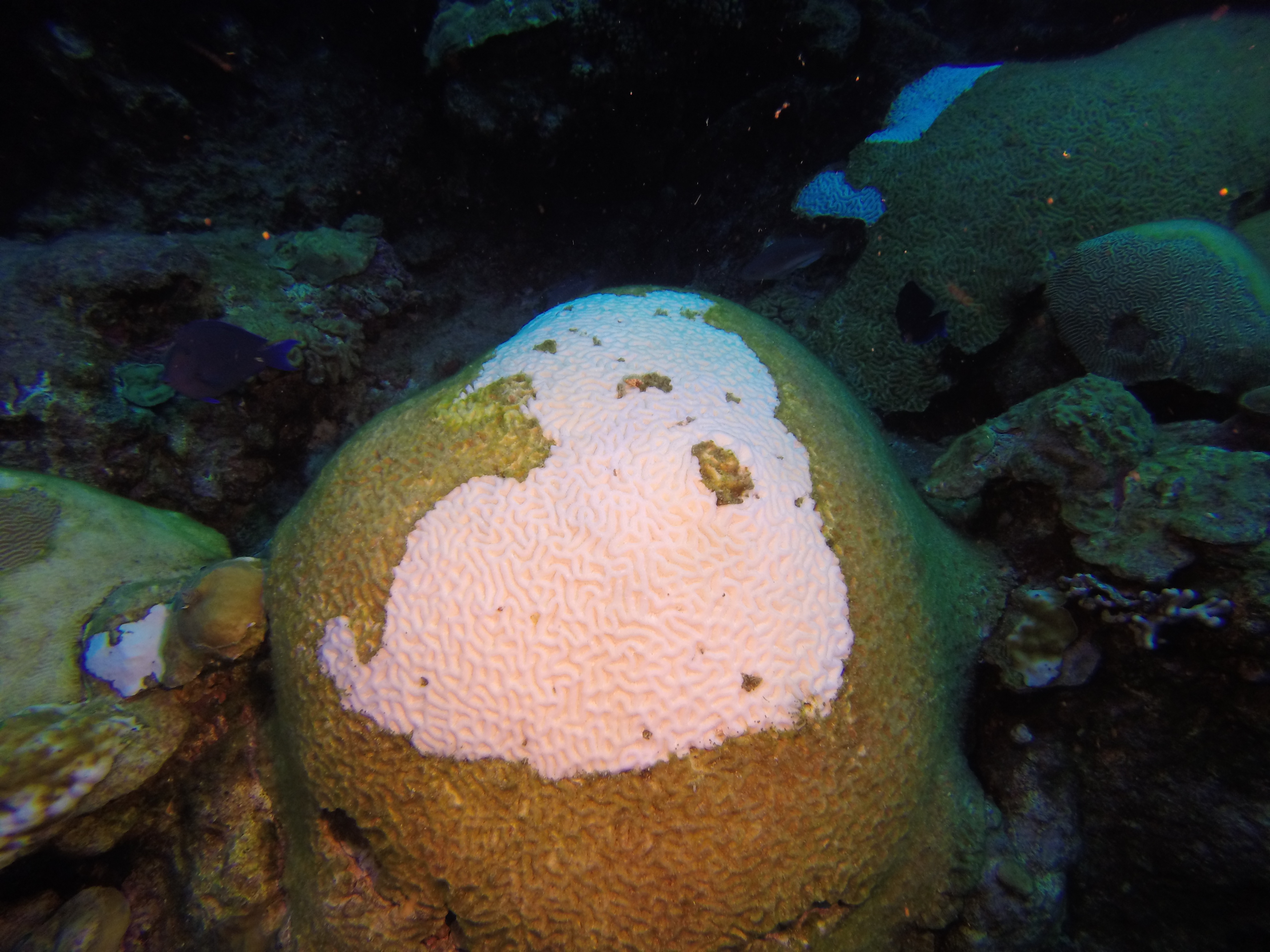
Throughout the affected zone this was a common sight. Only a portion of a very large coral head — this one as large as a washing machine — was affected by the mortality event. This may assist in faster recovery for this coral.
A Benthic Algal Bloom
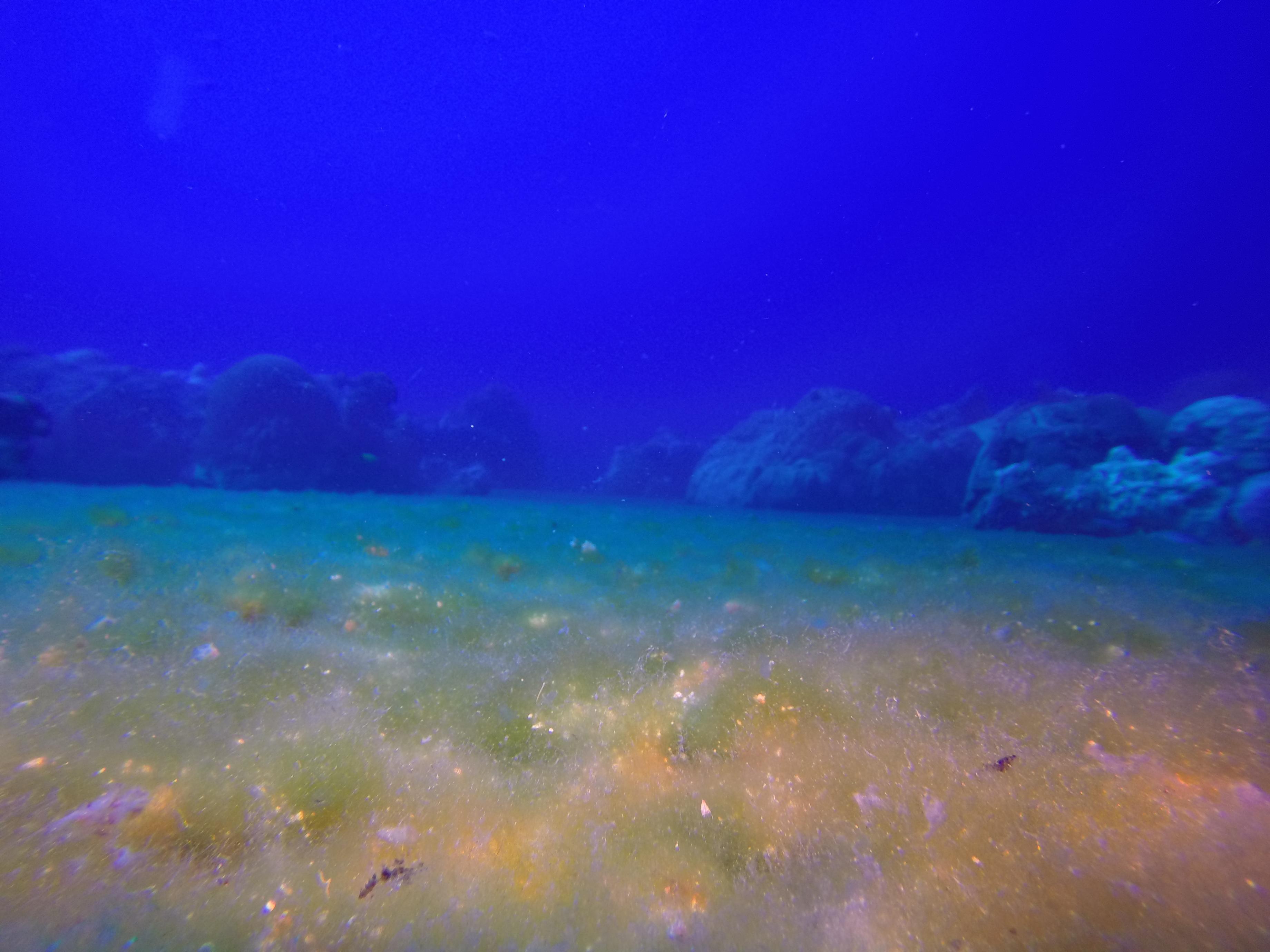
Surrounded by coral heads, large sand patches composed of finely crushed coral are common on the Flower Gardens’ East Bank. Generally they are full of fish, urchins, octopus and invertebrate life, but during the mortality event, divers saw numerous species dead or dying. Now, several weeks later, bacterial and algal mats cover the patches several inches deep — swimming above them creates an eerie sensation of flying above a thick cloud layer. How long these areas may persist is unknown but it is likely part of a secession process where dead and decomposing marine life fuels a “bloom” of bacteria and algae that will hopefully be consumed by other marine life, who will in turn consume them.
Extensive Damage
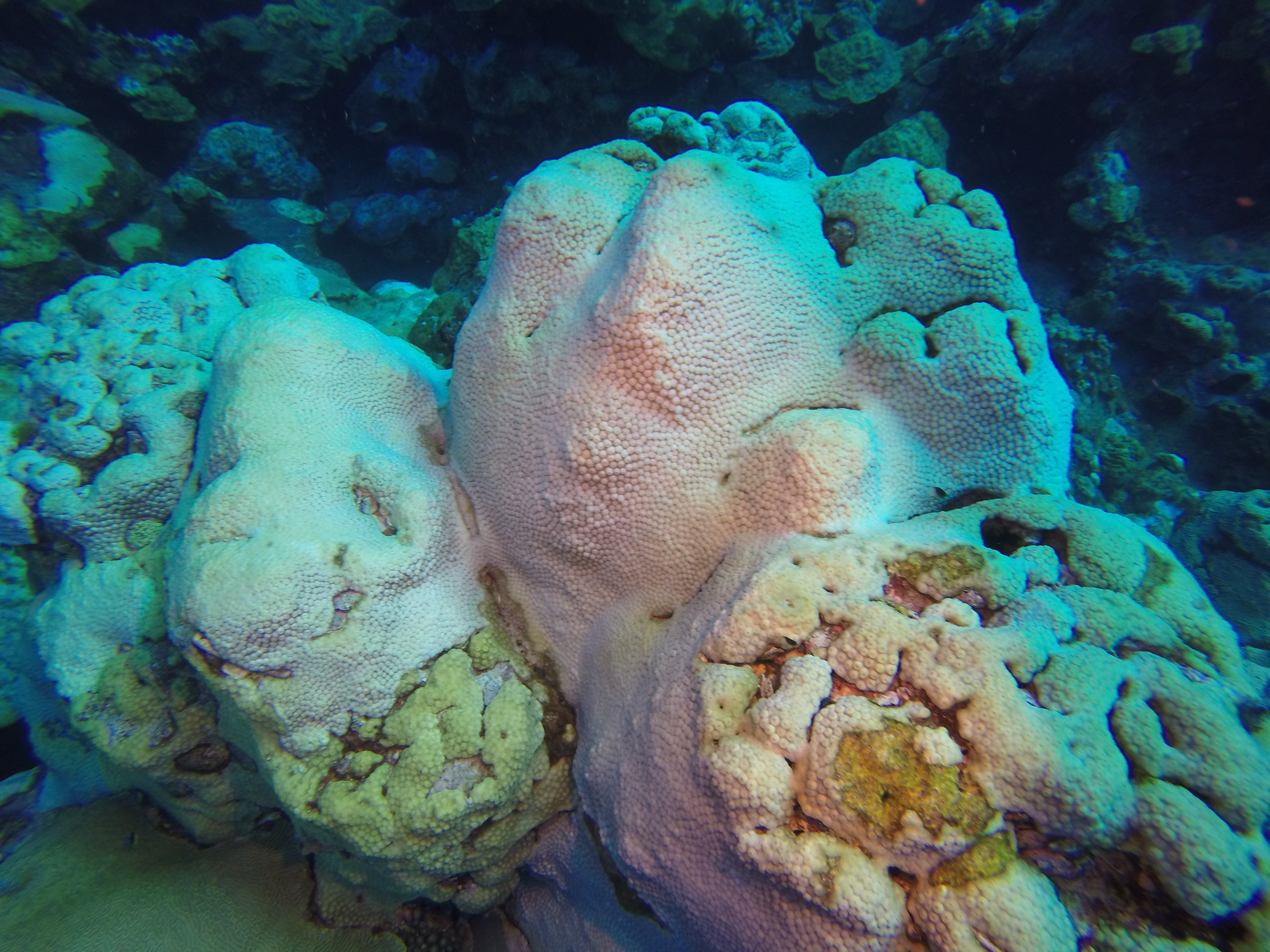
There were large areas of bleached coral throughout East Flower Gardens. Nothing like this has ever been seen before. One good bit of news is that many of the coral heads visited by McKinney and Simoes Sept. 10 are only bleached, meaning that the coral is still alive and if the symbiotic algae called zooxanthellae can reestablish themselves, recovery may be faster than once feared.
Bleached But Alive!
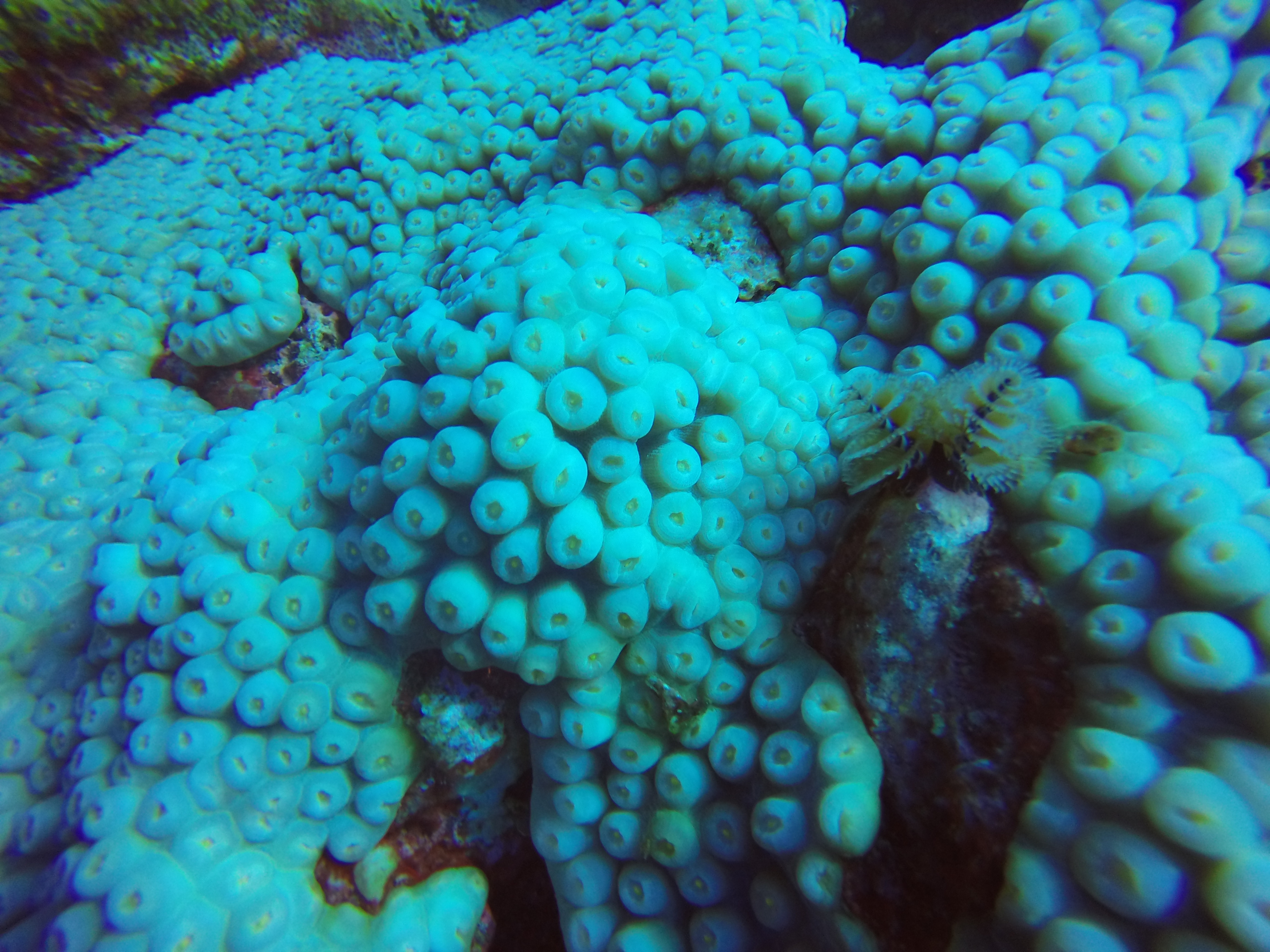
A close-up of the coral head, showing that the coral is alive but bleached. The temperatures may have been so high that symbiotic zooxanthellae were killed but the duration was too short to actually kill the coral. Good news for the Flower Garden Banks National Marine Sanctuary and its recovery.
Healthy as Ever
While damage to the reef seems extensive because the stark white of bleached coral is so easy to see, the East Bank of the Flower Garden Banks National Marine Sanctuary appears largely as healthy as ever. The stress of the recent mortality event likely makes the reef more vulnerable, just as we would be after a cold or the flu. But most of the reef like this — colorful and full of life.
